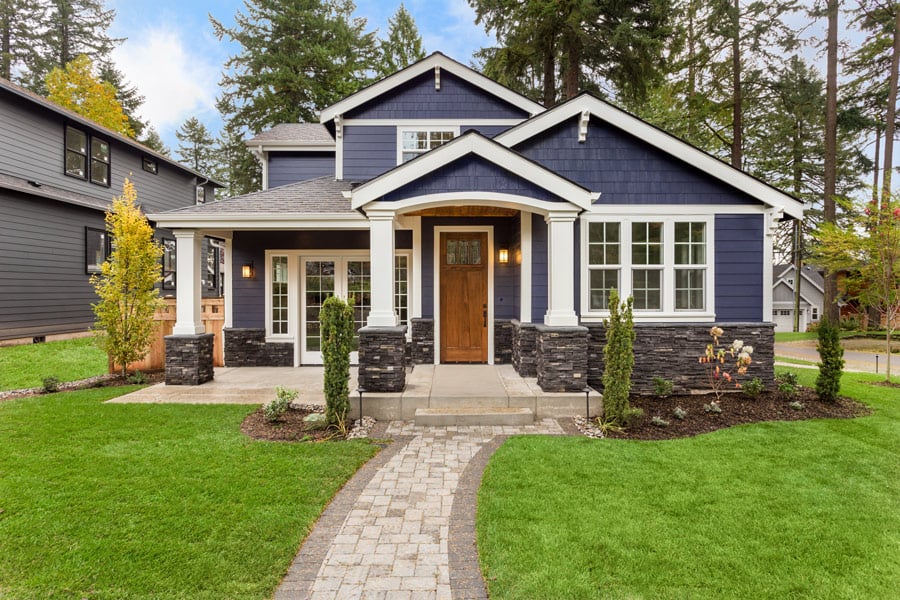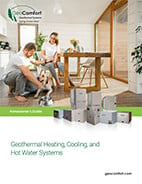Do you feel like you're in a constant battle between cost-savings or comfort when it comes to your air conditioner? With hot summer predictions, the performance of your traditional cooling system will be put to the test. The good news is you can cool (and heat) your home so you're always comfortable without the stress and worry of a high air conditioning bill.

3 Easy Steps to Reduce Energy Consumption in Your Home During the Summer:
Stop Air Leaks
Would you leave your door open all summer and expect your air conditioner to work properly? In many homes, air infiltration due to gaps in doors, windows, and walls is the equivalent to a door being left open all summer (or winter). Fixing this issue can be a very quick and easy process. If it's warm out, use your eyes to detect air leaks by walking around the outside and inside of the home and looking for cracks in the caulk around windows and doors. There are also ways to look for drafts during the winter. These air leaks can be combated by a trip to your local hardware store and installing felt or foam weather-stripping to the problem areas and filling gaps with caulk or foam sealer. No matter how efficient the system, without the proper air-tight home, air infiltration will be detrimental to the efficiency of the heating and cooling system and overall cost savings.
Invest in the Right Insulation
It can't be said enough: air infiltration is one of the top causes of heating and cooling loss. The Department of Energy states that the fastest and most cost-effective way to reduce cooling (or heat) loss is proper insulation. The first place to look is your attic. If your attic's condition is poor, you've got a problem. Moisture can creep into rafters causing mold and damp insulation. This can cause major problems, but luckily is an easy fix. We recommend using expanding foam or caulk to seal up those air leaks but remember your attic does require some air ventilation. If you have any concerns, make sure to consult a professional. When selecting the proper insulation for your home, we suggest using foam and cellulose because they minimize air infiltration. Make sure to keep in mind the R-value of the insulation type, space, and cost. The R-Value is a rating for insulation's thermal resistance, the higher the R-value, the better the insulation. To find the recommended R-value for your home, click here.
Are Programmable Thermostats Worth It?
There are different brands of programmable thermostats available; Nest, Sensi, Honeywell, etc., but are they really as efficient on energy savings as claimed? The answer is not really. These can actually hurt homeowners in the long run. Most homeowners set their thermostat for a higher temperature while they're at work during the summer, having to bring the house back to a comfortable temperature when they return, every single day. In fact, when using these programable thermostats, you would have to leave your home at a higher temperature for an entire week to really see savings from it. Why not save more money and walk into to a comfortable home every day. With high-performance systems, like geothermal heating and cooling, that is achievable 24/7. Homeowners who made the switch to geothermal have instantly seen a 30-70 percent reduction in their cooling (and heating) costs. Living comfortably in your home should not be a sacrifice to your comfort and savings.
To achieve the full benefits from a heating and cooling system, start with sealing your house so it's airtight, and you can be better prepared for long hot summers, or bitterly cold winters to come.



